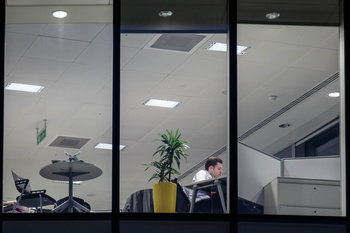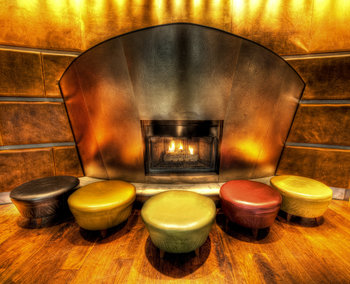
Should-cost Analysis
The process of determining how much a purchase should cost before seeking actual prices.A university will replace the roofing tiles on three buildings and performs a should-cost analysis based on historical and reference prices before obtaining any price quotes from contractors.
Market Prices
The safest way to ensure that a price is reasonable is to buy things from open markets that have a large number of customers and intense competition between suppliers.A contractor needs to purchase 2x4 wood to complete a project. They know that local home improvement shops all offer this supply at the same price and that this price is competitive. This simplifies price analysis whereby a quick confirmation that the purchase price is at the current local market price is sufficient due diligence.
Price Comparison
Even in a competitive market, there are often price differences between competitors. In this case, a price comparison is typically required to ensure a reasonable price.A university department has purchased printer ink from the same supplier for more than 10 years. However, the price from this supplier suddenly goes up by 22%. The department does a quick price comparison to confirm that this increase reflects increased market prices and is not unreasonable.
Price Competition
Where you are buying something unique, there may not be a clear market price. In this case, you can create competition between suppliers by asking for multiple bids.A recreational facility that requires extensive electrical work asks three local contractors for a fixed price for the work. The facility compares these bids to recent work at other facilities to confirm they are somewhat reasonable. With this confirmed, they choose the lowest bidder.
Quality Analysis
Where there is a difference in quality between suppliers this must be considered in price analysis.A community center will replace 12 couches in a lounge area with new leather couches. They compare the prices and quality of three local suppliers to choose a reasonable option. The quality analysis considers: supplier reputation, estimated product durability and product aesthetics. The supplier selected has the highest price but their products are considered to be more durable and compatible with the aesthetics of the lounge. As the price difference is not large, this is a defensible choice.
Value Analysis
Value analysis is the process of estimating the price relative to the value of a product or service.A private school selects a vendor to provide daily lunches for 450 elementary school students. The bid selection process considers the quality of food and services to choose an option that is the best value for money.
Life Cycle Costs
Considering the total life cycle costs of a purchase beyond the initial purchase price.A university selecting tiles for a roof renovation compares inexpensive tiles that will last 20 years with relatively expensive tiles that will last 50 to 100 years. The comparison considers the cost of another renovation in 20 years time discounted to a present-day sum. This makes the longer lasting tiles the far more economical choice.
Historical Prices
Using historical prices as a reference that may indicate the reasonableness of a price.A hospital has purchased new beds each year over the past 10 years and uses these prices in negotiation with a supplier. The supplier will not bend and offers a price 40% higher than in the most recent years. Based on this, the hospital decides to obtain competitive bids from other suppliers.

























